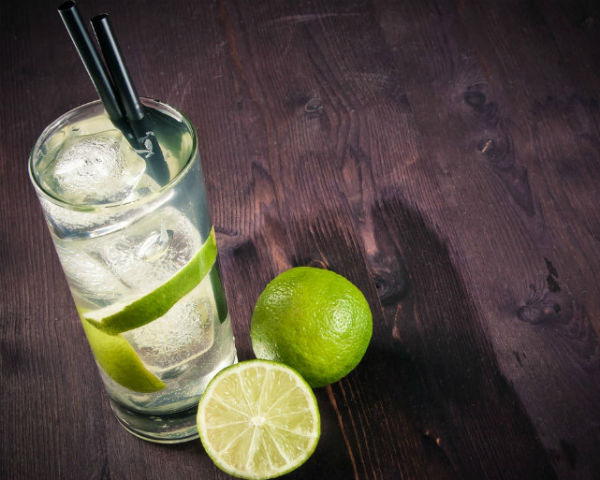Scotland's Gin Renaissance
It was the best of times, it was the worst of times, and the people of Scotland were drunk on their favorite alcohol. No, it wasn't whisky. In the early 1700s, Scotland was in the midst of the Gin Craze, a period when gin was the most popular drink in the country. Though today Scotland is synonymous with whisky, that wasn't always the case. Here's the tale of these two entwined spirits that are integral to Scotland's cultural heritage.
Gin first arrived in the United Kingdom in the seventeenth century via the Dutch and took hold in port cities. King William III passed a series of statutes that made unlicensed gin distillation legal, and soon the juniper spirit was the preferred drink of the Scots, cheaper than beer and safer than water. This led to a rise in binge drinking, and gin was soon dubbed "Mother's Ruin" and blamed for higher death rates and rising crime. A series of Gin Acts later, higher taxes and stricter laws made gin prohibitively expensive.
In 1707, shortly before the dawn of the Gin Craze, Scotland united with England, who soon increased taxes on Scotland's distilleries. As urban outcry developed over gin, a different battle was being fought in the nation's heather-covered hills: the fight to produce Scotch whisky. Rebellious Scottish clans started smuggling whisky under the nose of the English taxman, so much so that by the 1820s more than half of the whisky consumed in Scotland was illegal. Whisky became entwined with Scottish identity. Though the clan system faded, Scots can still point to their local whisky as a symbol of regional pride.
Tourists nowadays don't come to Scotland to taste the gin, but the country's forgotten spirit is making a comeback. "In Scotland we've had a gin renaissance," says Ewan Angus of Edinburgh Gin. The launch of Hendrick's in 1999 was the game-changer, and since then there has been a rise in craft gin production in Scotland. Edinburgh Gin launched in 2006, making the spirit from a traditional recipe originating in Leith of milk thistle, heather, and pine. Other small distillers, such as Caorunn, NB Gin, and Pickering's Gin, are changing the perception of gin as an artisan product rather than a mass-market liquor.
Maybe it's resourcefulness that also contributed to the rise of the craft gin movement. Edinburgh Gin is a product of Spencerfield Spirit Company, a family-run distillery that specialized in whisky before launching a small batch gin. Other whisky distilleries have started to venture into gin territory, such as Bruichladdich Distillery on the Isle of Islay which now produces The Botanist. Unlike Scotch whisky, which takes a minimum of three years to mature, gin production is a three day process. In a way, gin easily goes hand in hand with whisky, allowing distillers to expand their offerings while the Scotch finishes slowly in its oak casks.
Will a new gin craze overtake Scotland? It doesn't seem likely that Scotland's whisky will soon be overshadowed, but there's no doubt that the country's beverage categories have expanded beyond single malt or blended. There's been a rich heritage of distillation in Scotland all along; lucky for all drinkers, this history has not been forgotten.
